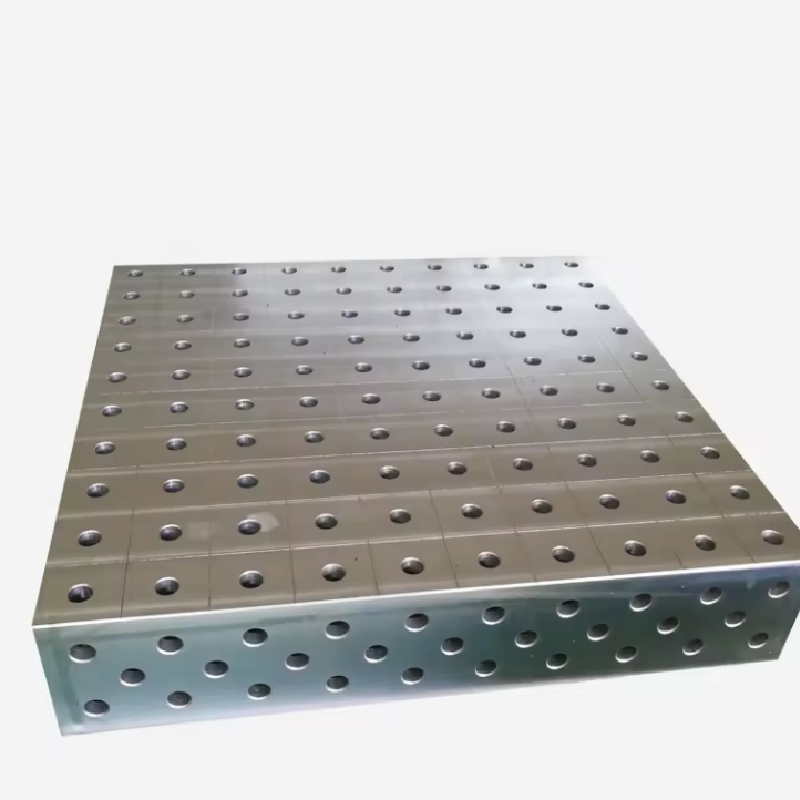Oct . 16, 2024 21:53 Back to list
Types of Water Valves and Their Applications in Plumbing Systems
Understanding Water Valve Types A Comprehensive Guide
Water valves are crucial components in plumbing and irrigation systems, regulating the flow of water and controlling pressure. With various types of water valves available, understanding their functions and applications is essential for both homeowners and professionals. This article provides an overview of the common types of water valves, their key features, and where they are most effectively utilized.
1. Gate Valve
Gate valves are primarily used to start or stop the flow of water. They are designed with a gate mechanism that operates vertically. When the valve is open, the gate is lifted entirely out of the water flow path, which results in minimal pressure loss and allows for unobstructed flow. However, gate valves are not ideal for throttling purposes since they can be damaged if used to partially open or close. They are best suited for applications where a complete shut-off is needed, such as in main water supply lines.
2. Globe Valve
Globe valves are renowned for their ability to regulate flow. They consist of a movable disk and a stationary ring seat, allowing for precise control over water flow rates. The design helps reduce turbulence and pressure drops within the system, making them suitable for throttling. Globe valves are often employed in HVAC systems, water distribution systems, and anywhere precise flow control is required.
3. Ball Valve
Ball valves feature a spherical disc, or ball, that opens or closes the flow of water. They are known for their quick on/off functionality, requiring just a quarter turn to fully open or close. This makes ball valves incredibly practical for shut-off applications. Their durable construction allows them to handle high pressures and temperatures, making them ideal for both residential and commercial use, particularly in water supply and gas services.
4. Butterfly Valve
water valve types

Butterfly valves consist of a disc that rotates around a central axis to open or close the flow of water. They are lightweight and compact, making them suitable for applications where space is limited. Butterfly valves provide quick shut-off capabilities and can handle large volumes of water, which is why they are commonly used in large pipelines, wastewater treatment plants, and ventilation systems. Their design allows for easy operation and maintenance.
5. Check Valve
Check valves, also known as non-return valves, are designed to prevent backflow in pipelines. They allow water to flow in one direction only, closing automatically if the water attempts to flow backward. This feature is vital for protecting pumps and preventing contamination of the water supply. Check valves are commonly used in irrigation systems, sewage, and drainage applications, ensuring that the system maintains proper flow direction.
6. Pressure Relief Valve
Pressure relief valves are essential for protecting plumbing systems from excessive pressure. These valves open automatically when the pressure exceeds a predetermined limit, allowing excess fluid to escape and preventing potential damage to pipes and fixtures. They are commonly found in water heaters, boilers, and industrial applications where pressure must be tightly monitored.
7. Solenoid Valve
Solenoid valves are electrically controlled valves that allow for automated operation in plumbing systems. When an electric current passes through the solenoid, it creates a magnetic field that opens or closes the valve. These valves are ideal for irrigation systems, automated water distribution networks, and other applications requiring precise control over water flow without manual intervention.
Conclusion
Choosing the right water valve type is critical for the efficiency and safety of your plumbing or irrigation system. Understanding the distinct features and applications of each valve type helps ensure that water flow is managed effectively, reducing the risk of leaks, pressure loss, and contamination. Whether for residential, commercial, or industrial applications, selecting the appropriate valve can significantly enhance system performance and reliability. Always consult with a plumbing professional to determine the best options for your specific needs.
-
Why Metric Trapezoidal Thread is Ideal for Precision Motion ControlNewsAug.05,2025
-
The Unique Properties of a Block of Granite for Industrial UseNewsAug.05,2025
-
The Role of Flanged Y Strainers in Preventing Pipeline ClogsNewsAug.05,2025
-
The Importance of Regular Calibration for Master Ring GagesNewsAug.05,2025
-
How a Cast Iron Surface Table Enhances Accuracy in ManufacturingNewsAug.05,2025
-
Comparing Different Check Valve Types for Optimal Flow ControlNewsAug.05,2025
Related PRODUCTS









